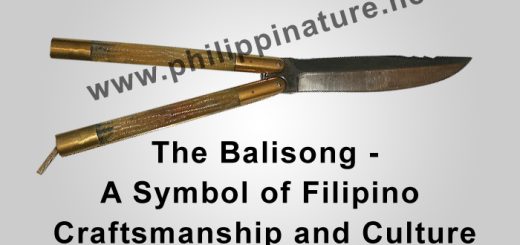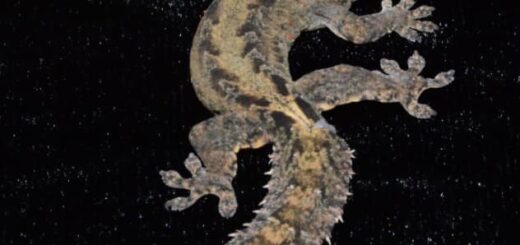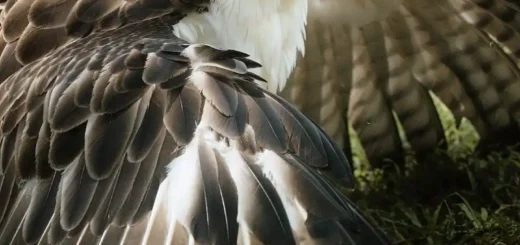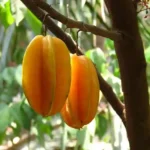The Philippine Honey Buzzard – An Intriguing Raptor
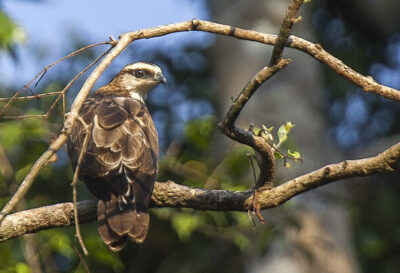
One of the lesser-known but equally captivating raptors that call the islands home is the Philippine Honey Buzzard (Pernis ptilorhynchus). This bird of prey, often overshadowed by its more famous relatives like the Philippine Eagle, plays a crucial role in the archipelago’s ecosystem, and its existence offers us a glimpse into the intricate balance of nature in one of the world’s most biodiverse regions.
What is the Philippine Honey Buzzard?
The Philippine Honey Buzzard is a medium-sized raptor belonging to the Accipitridae family, which includes hawks, eagles, and kites. As the name suggests, this species is primarily known for its diet, which mainly consists of honey, bees, and other insects, although it will also feed on small vertebrates and fruit. It’s closely related to other honey buzzards found in Asia, but the Philippine subspecies is unique to the region.
Physical Features and Identification
The Philippine Honey Buzzard has a striking appearance that makes it relatively easy to identify, even in the dense forests it tends to inhabit. It typically measures about 40 to 50 cm in length with a wingspan of approximately 100 cm. The bird has a slender build with long, narrow wings, which are characteristic of most raptors.
Adults are generally mottled brown, with pale underparts and dark streaks on the chest and belly. Its face is pale with a dark line running through the eyes, giving it a somewhat hawk-like appearance. The tail is long and square-ended, which aids in maneuverability during flight, particularly when the bird is navigating through the trees in search of food.
Diet and Hunting Behavior
Unlike many raptors that rely primarily on hunting small mammals or birds, the Philippine Honey Buzzard has a more specialized diet. True to its name, it has a preference for honey and bees, and it will often raid beehives for these sweet treats. It is equipped with strong, sharp talons, which are used to tear into hives, but the bird also has a specialized adaptation: a thick, protective layer of feathers around its legs and feet to shield itself from the stings of angry bees.
In addition to honey and bees, the Philippine Honey Buzzard will feed on a variety of insects, including caterpillars, ants, and termites. It is also known to consume small vertebrates such as reptiles and birds, as well as fruits, especially when other food sources are scarce. This diet makes the bird an important player in maintaining the balance of insect populations, and it plays a role in regulating the spread of certain pests in its forest habitat.
Habitat and Distribution
The Philippine Honey Buzzard is found exclusively in the Philippines, where it inhabits a variety of forested areas, from lowland rainforests to montane forests at higher elevations. It is typically found in areas with abundant tree cover, where it can easily nest and hunt for food.
The bird is mostly solitary, but during the breeding season, pairs may be seen together as they engage in aerial displays or hunting expeditions. While it is not commonly seen in urbanized areas, the Philippine Honey Buzzard can be spotted in protected forests, national parks, and reserves across the archipelago.
Conservation Status
The Philippine Honey Buzzard is currently listed as “Least Concern” by the International Union for Conservation of Nature (IUCN). However, its population is subject to the pressures of habitat loss due to deforestation, illegal logging, and the encroachment of human settlements. In addition, the use of pesticides and chemicals in agriculture can impact the insect populations that the bird relies on for food.
Conservation efforts in the Philippines have focused on protecting the country’s rich biodiversity, and many important bird habitats have been designated as protected areas. Local conservation groups, alongside government agencies, continue to raise awareness about the importance of preserving the habitats of species like the Philippine Honey Buzzard, ensuring that these birds can continue to thrive in their natural environment.
Ecological Importance
The Philippine Honey Buzzard plays an essential role in maintaining the health of the ecosystems it inhabits. By feeding on insects, it helps control populations of pests that could otherwise damage crops or plants. Additionally, the bird’s preference for honey and bees underscores its role in the complex relationship between flora and fauna in the forest ecosystem, which includes pollination and the dispersal of seeds.
Raptors like the Philippine Honey Buzzard are also considered “indicator species,” meaning that their health and population numbers can provide valuable insights into the overall state of the environment. A healthy population of honey buzzards typically reflects a well-balanced ecosystem with ample prey and a thriving forest.
The Future of the Philippine Honey Buzzard
As with many species endemic to the Philippines, the future of the Philippine Honey Buzzard depends on continued conservation efforts and habitat protection. Thankfully, the growing interest in ecotourism and the increasing recognition of the importance of biodiversity in the Philippines have provided a strong foundation for the protection of the country’s natural heritage.
In the years to come, we hope to see more initiatives aimed at conserving both the Philippine Honey Buzzard and the unique ecosystems it inhabits. By fostering a greater understanding of this fascinating raptor, we can ensure that it remains a vital part of the Philippine landscape for generations to come.
The Philippine Honey Buzzard is a remarkable raptor with a specialized diet, fascinating behaviors, and a critical role in its ecosystem. As a species uniquely adapted to the tropical forests of the Philippines, it embodies the beauty and complexity of the country’s biodiversity. While it may not be as widely known as some of the Philippines’ more famous bird species, the Philippine Honey Buzzard is no less important in the delicate web of life that sustains the islands’ rich natural heritage.
Next time you find yourself in the forests of the Philippines, keep an eye out for this elusive and intriguing bird. Whether you’re an avid birdwatcher or simply a lover of nature, the Philippine Honey Buzzard is sure to leave a lasting impression on all who are fortunate enough to witness its majestic flight.
References:
https://en.wikipedia.org/wiki/Philippine_honey_buzzard

